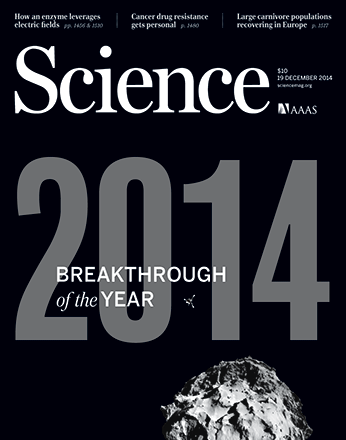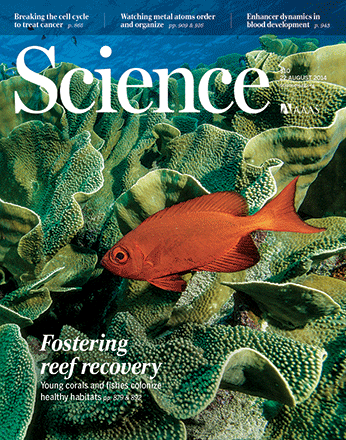Editors' Choice
Editors' Choice Results
Editors' Choice features short summaries of recent research in science education.
Most science lectures begin with a 5- to 10-min review of what was covered previously, but is this time well spent?
As science education moves toward lab-based courses, what happens to students without access to a lab?
Replacing traditional chemistry labs with inquiry-based laboratories that mimic a research project is no easy feat.
In a perfect world, all undergraduate students would participate in a Course-based Undergraduate Research Experience (CURE).
As the number of web-based resources for science education increases, evaluation of these websites remains limited.
Evaluating the effectiveness of undergraduate STEM (science, technology, engineering, and mathematics) courses requires assessing teaching practices
Unlike in mathematics, engineering, and other areas of science, the number of undergraduate female biology majors exceeds that of male biology majors.
When teachers collaborate with educational researchers, everyone wins: Teachers focus on their practice and researchers learn about the challenges teachers face.
If teaching someone else is the best way to learn, what will students gain from writing their own test questions?
Empirical studies of science educational methods illuminate the best practices for getting students to learn.










